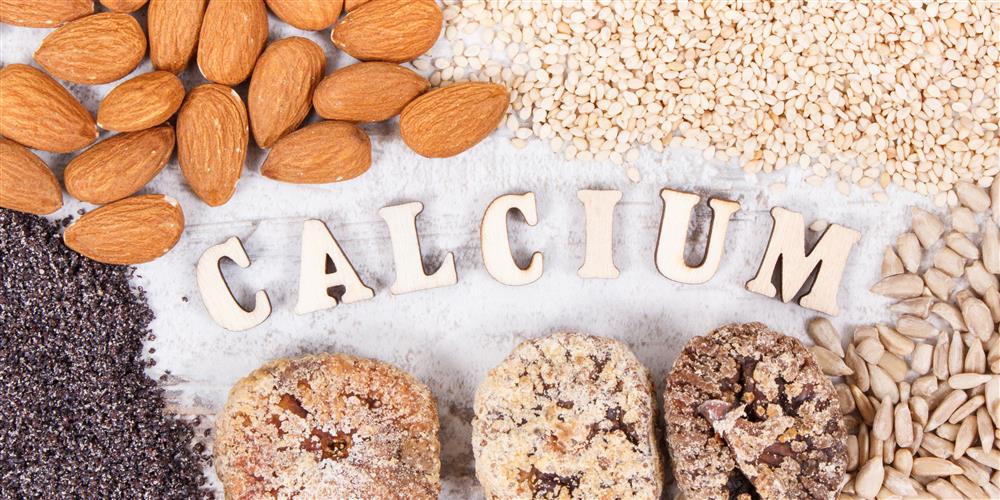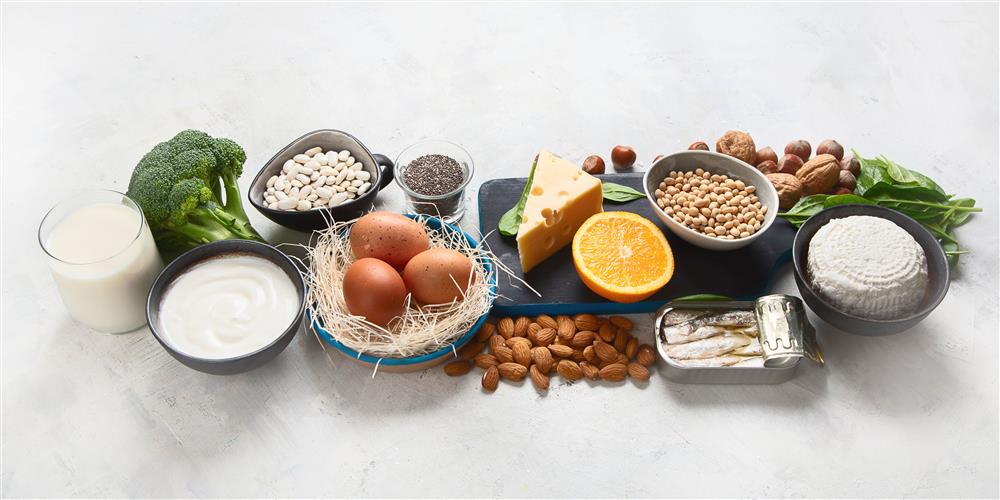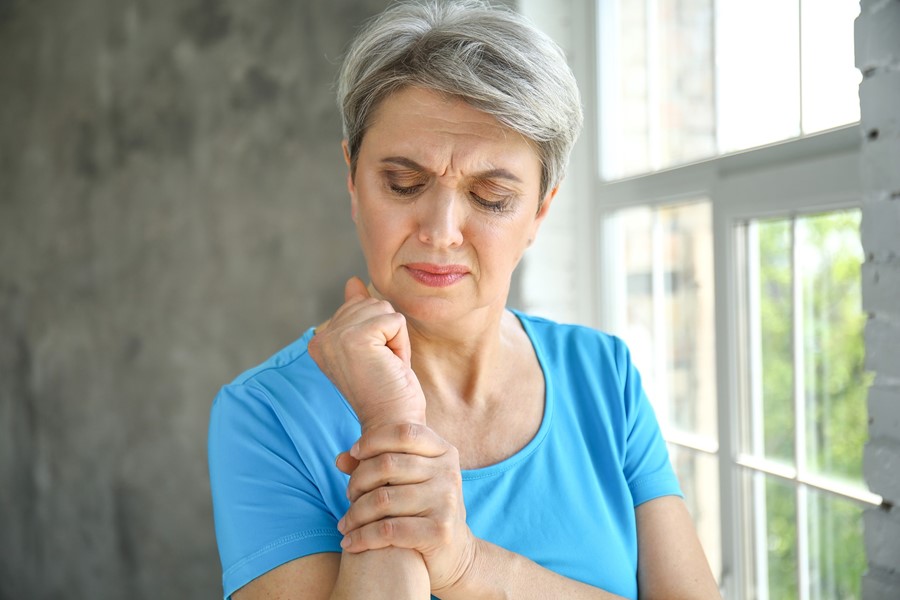Calcium: We are all aware of the importance of this mineral but be very careful with Calcium Supplements to improve your bone mass density, you could quite possibly be making matters worse
Why? Because the most common form of calcium supplement is calcium carbonate, an inorganic form of calcium that we know better as blackboard chalk. Calcium and Magnesium are often created in 1 product but in their inorganic state they end up competing with each other for absorption, reducing further the availability of both essential minerals. Calcium Citrate is the other very popular form of calcium supplement, and although not as bad as carbonate, its benefits are questionable to say the least. To nourish our bones we must take these minerals in food form, which is how we create them as Foodstate supplements
Menopause: Joint and bone health is becoming a bigger and bigger issue, especially for women during and after the menopause. Here we explain how Food and Food State nutrients fit into the picture

Foodstate Joint & Bone Formula – Everything in 1 Product
The primary Minerals for healthy bones are:
The primary Vitamins for healthy bones are:
Both also directly involved by helping in the absorption of calcium (vitamin D3) and the manufacture of collagen (vitamin C) to bind bone cells together
Unlike synthetic, chemical nutrients, our Foodstate nutrients work in complete harmony with each other, as they do in live food

Diet Tip: Protein consumption is important for bone nutrient absorption but there is a direct correlation between meat consumption and bone loss, with women over 50 excreting twice as much calcium if they are heavy meat eaters as those who are not. Well-balanced vegetarian diets result in less cases of osteoporosis, and plant-based proteins from beans, soya, nuts, seeds and our Organic Pea Protein are all helpful. Women who consume soya regularly (e.g. in Japan) have very little osteoporosis
Calcium has other important functions: Food Calcium is also vital for brain function, blood clotting, muscle contraction and communication between cells. The supply for all these needs comes from calcium circulating in the blood. If there is insufficient in the diet then calcium is pulled from the bones to compensate
So how do Foodstate nutrients help this situation? Primarily, all our nutrients have their own inherent delivery systems, so that they won’t rob the body of its own resources to satisfy their own needs
What about dairy? Many dairy foods are indeed rich in calcium, however we need to consider not only the quantity, but also with quality of the calcium and specifically how well we can absorb it. Dairy foods encourage mucus production within the gut, interfering with the absorption of nutrients across the intestinal wall. Coupled with this, in the presence of milk proteins, calcium absorption is poorer still
Green Leafy Vegetables: Although green leafy vegetables may appear gram for gram to contain less calcium, their digestibility and ease of absorption makes them a particularly good source
The Importance of Fats: The balance of fats and oils in the diet is critical to calcium balance. Essential fatty acids are needed to absorb calcium and build bone, however high saturated fat diets interfere with calcium absorption and contribute to bone loss. Ensure the diet is rich in essential oils from nuts, seeds and oily fish, but low in saturates such as animal fat and processed fats like margarine
Ones to avoid: Other obvious dietary factors to consider are refined sugar, salt, caffeine and alcohol. Any of these taken in excess will exacerbate bone loss






